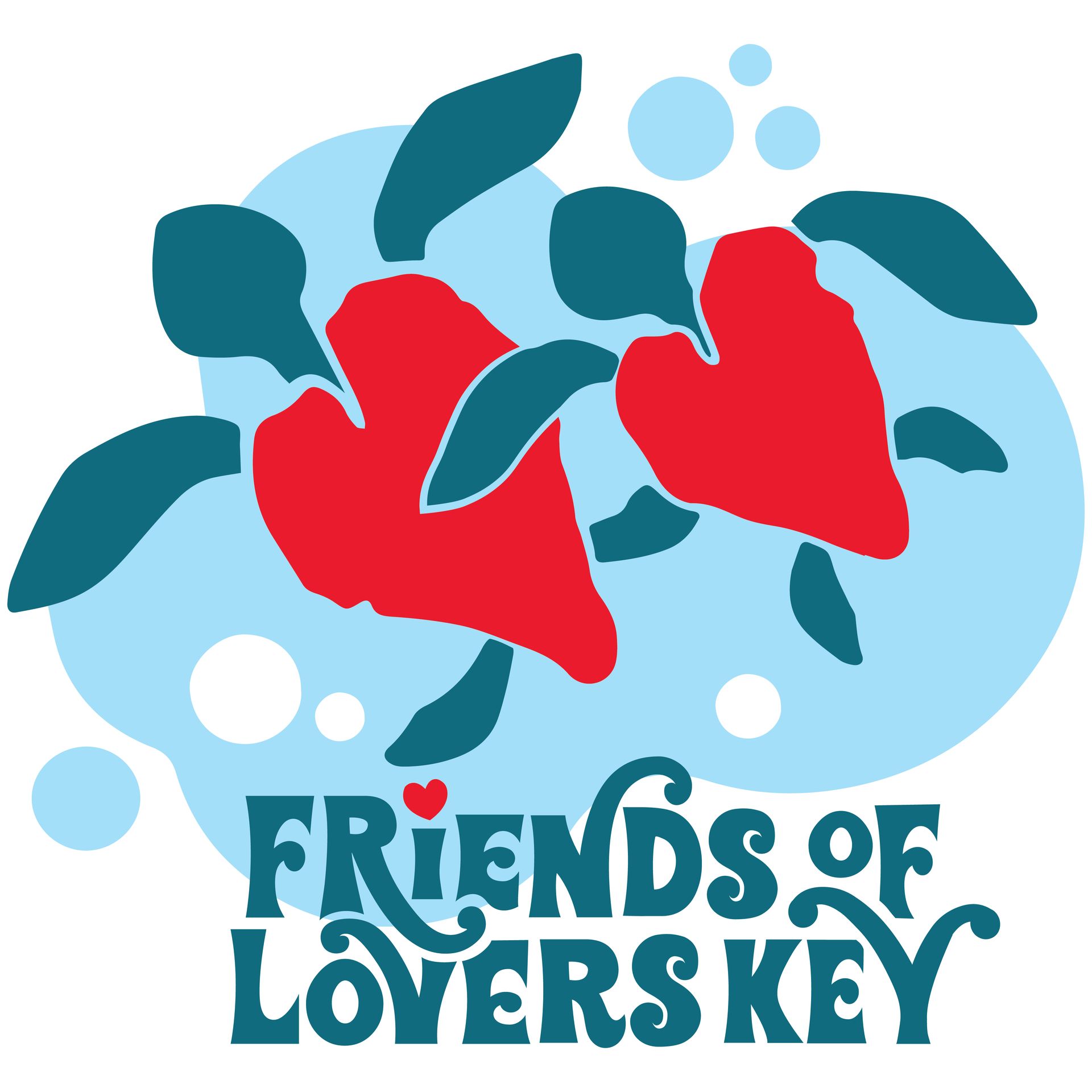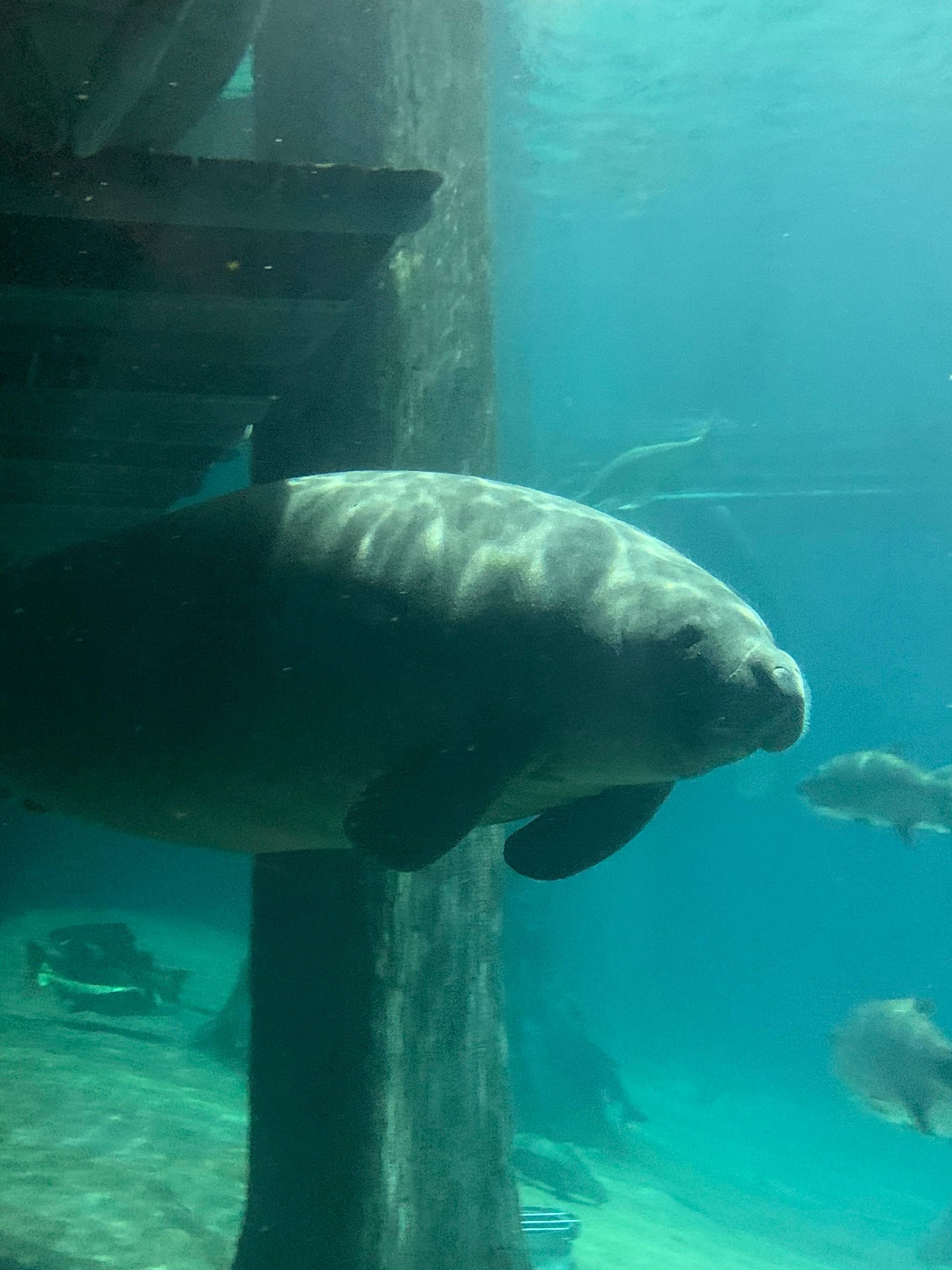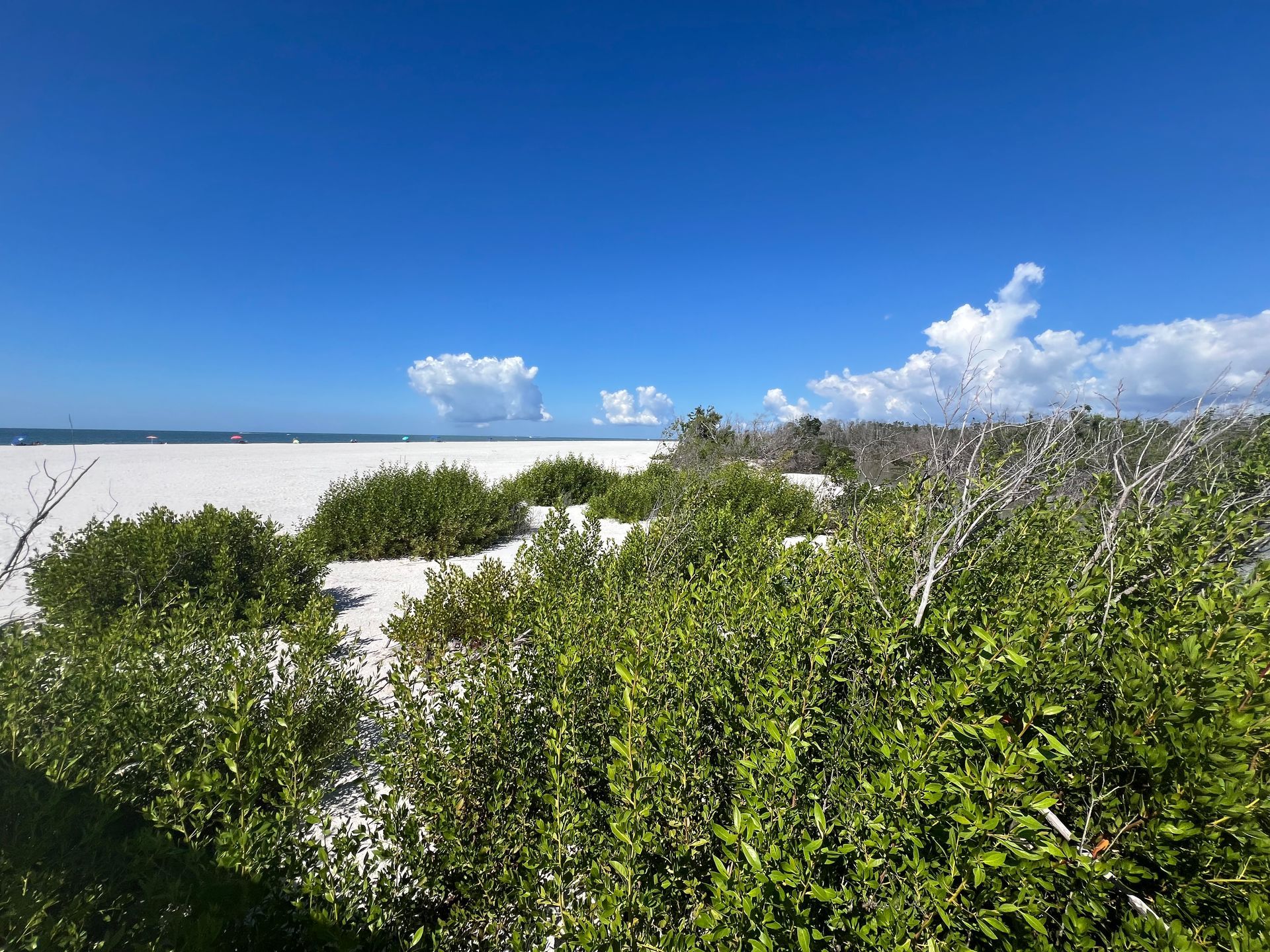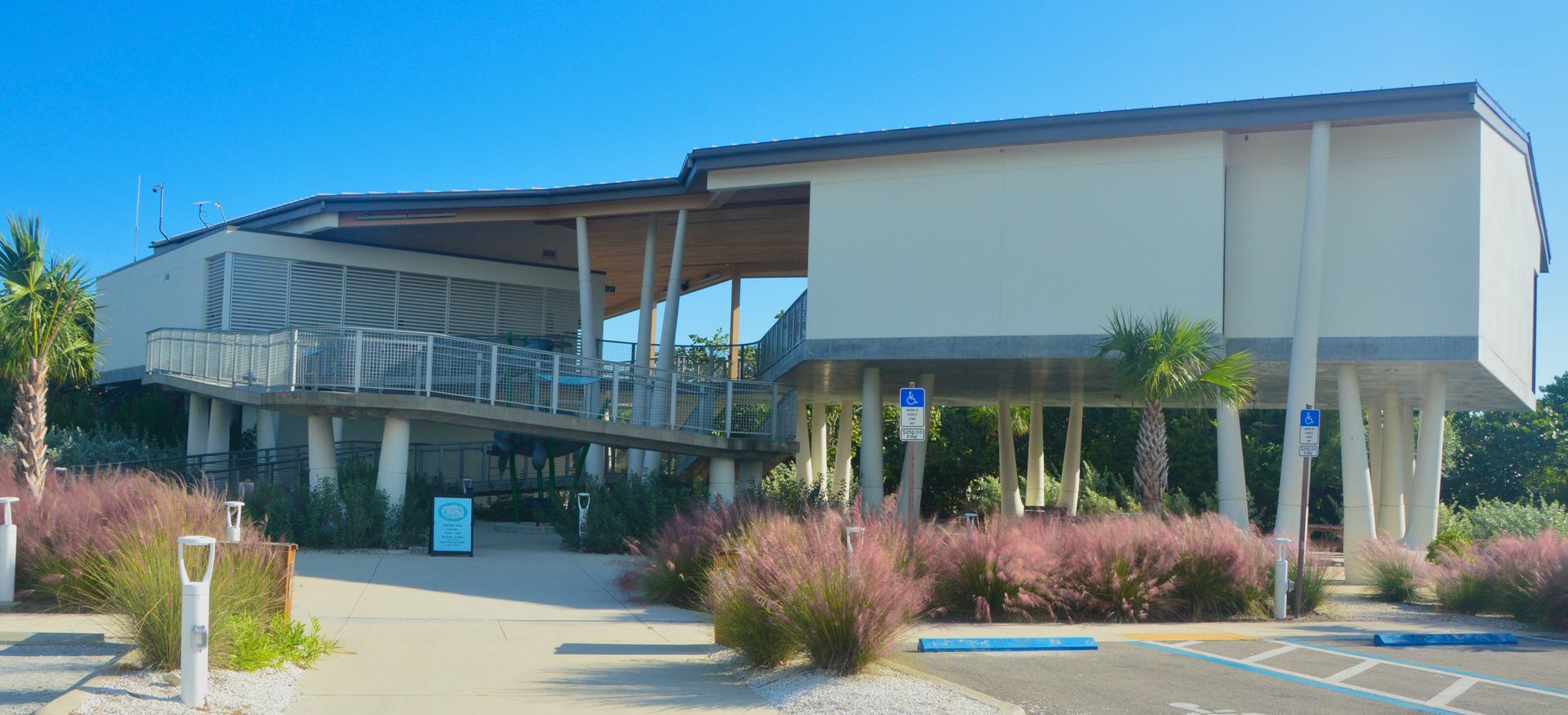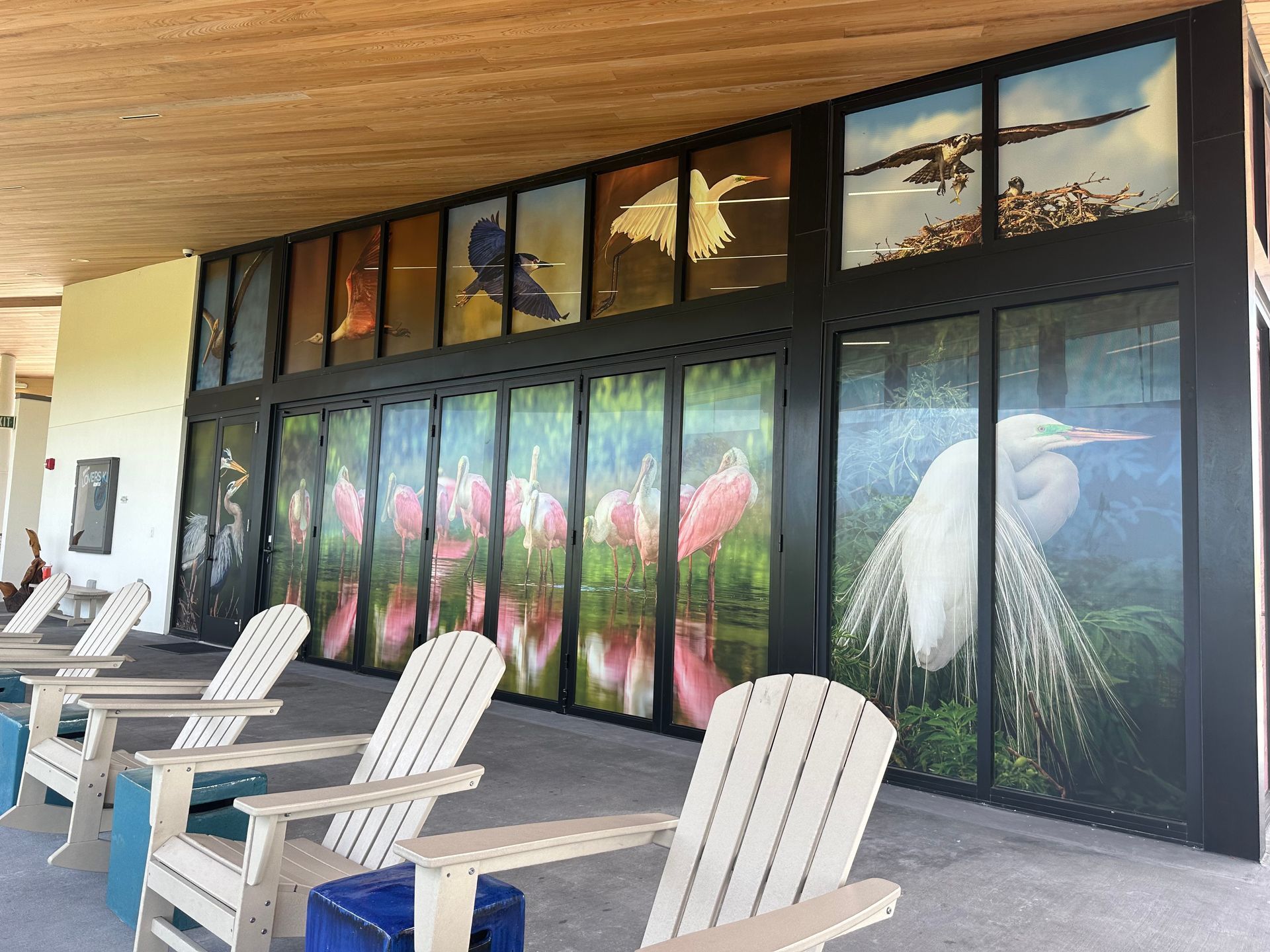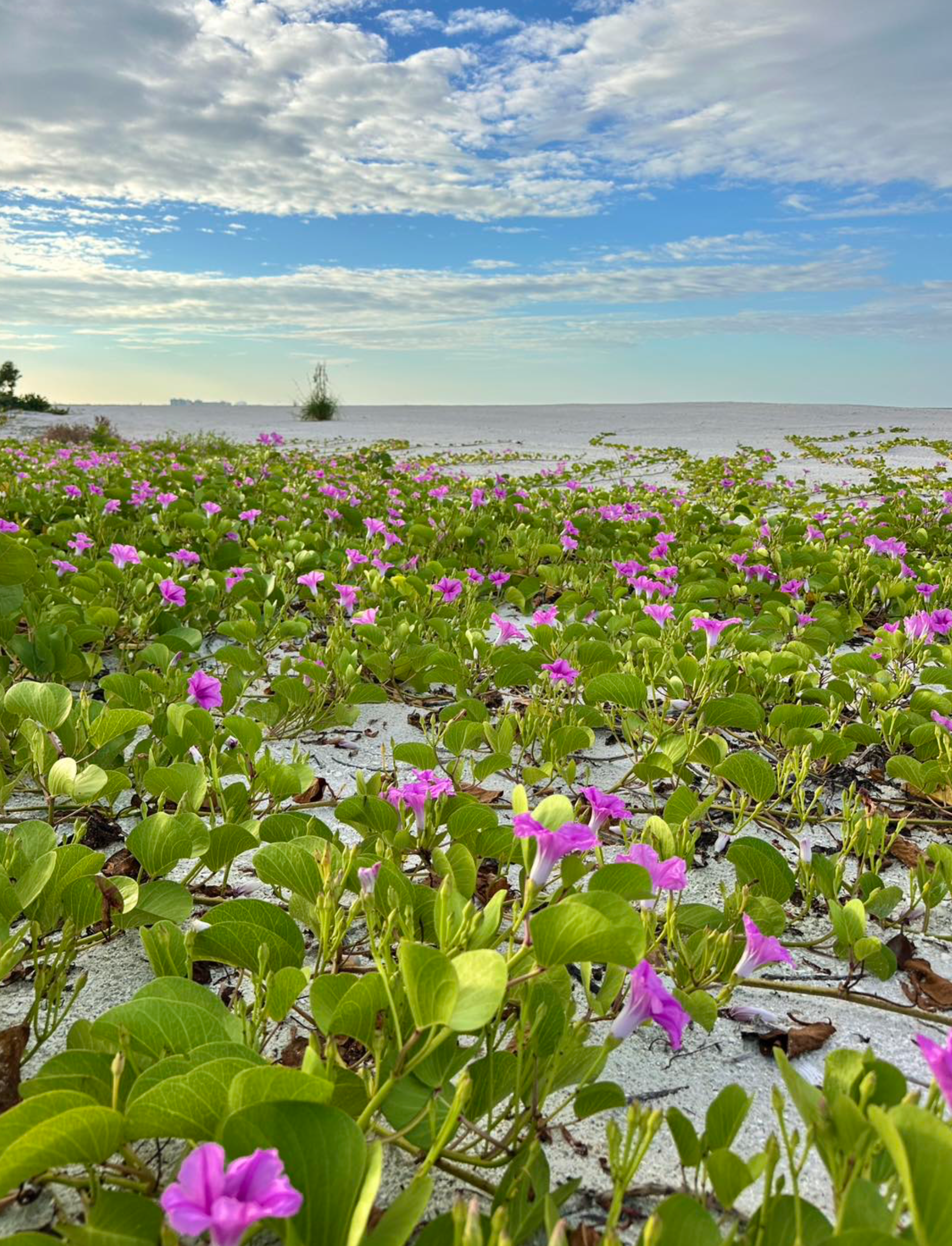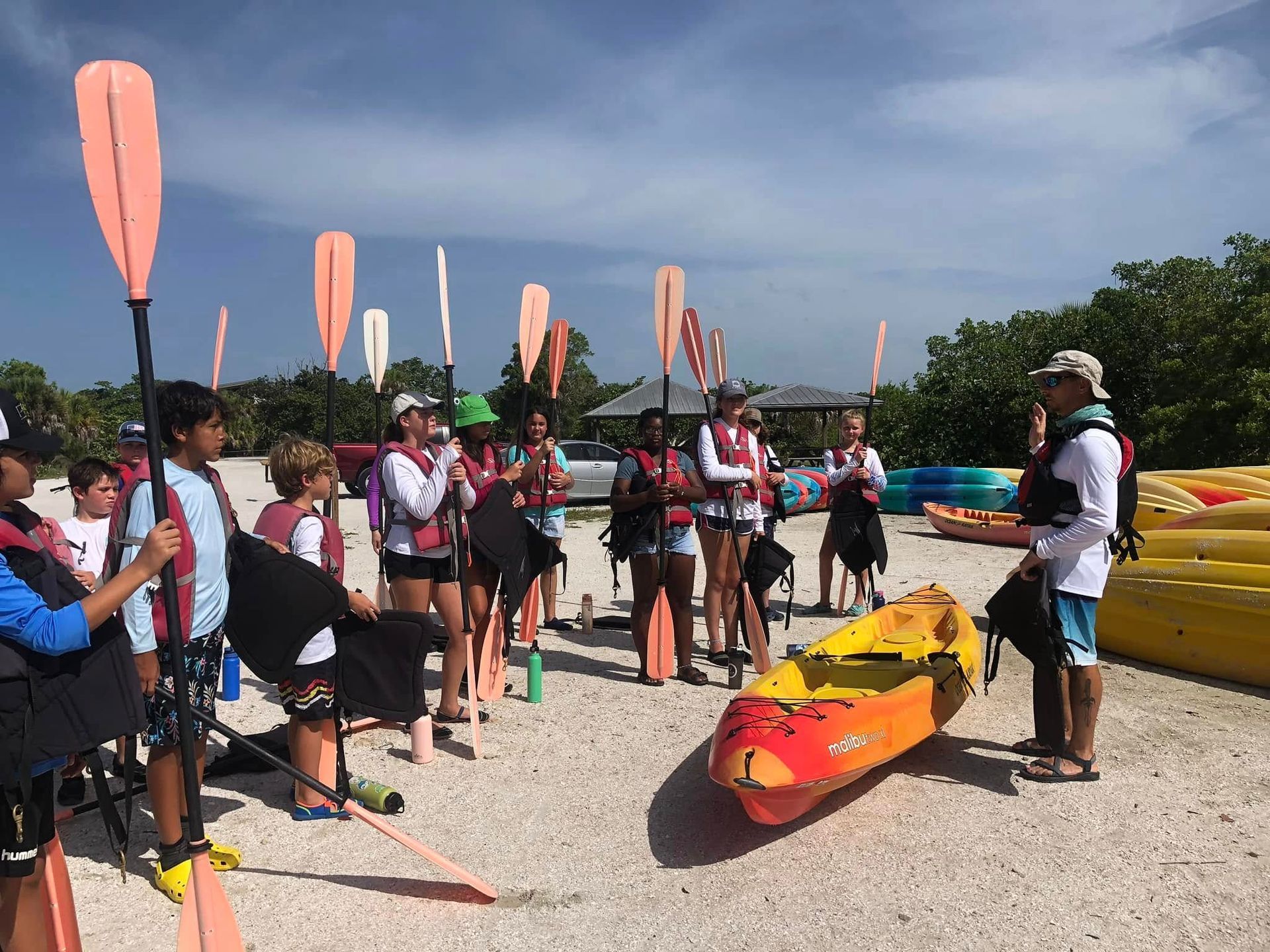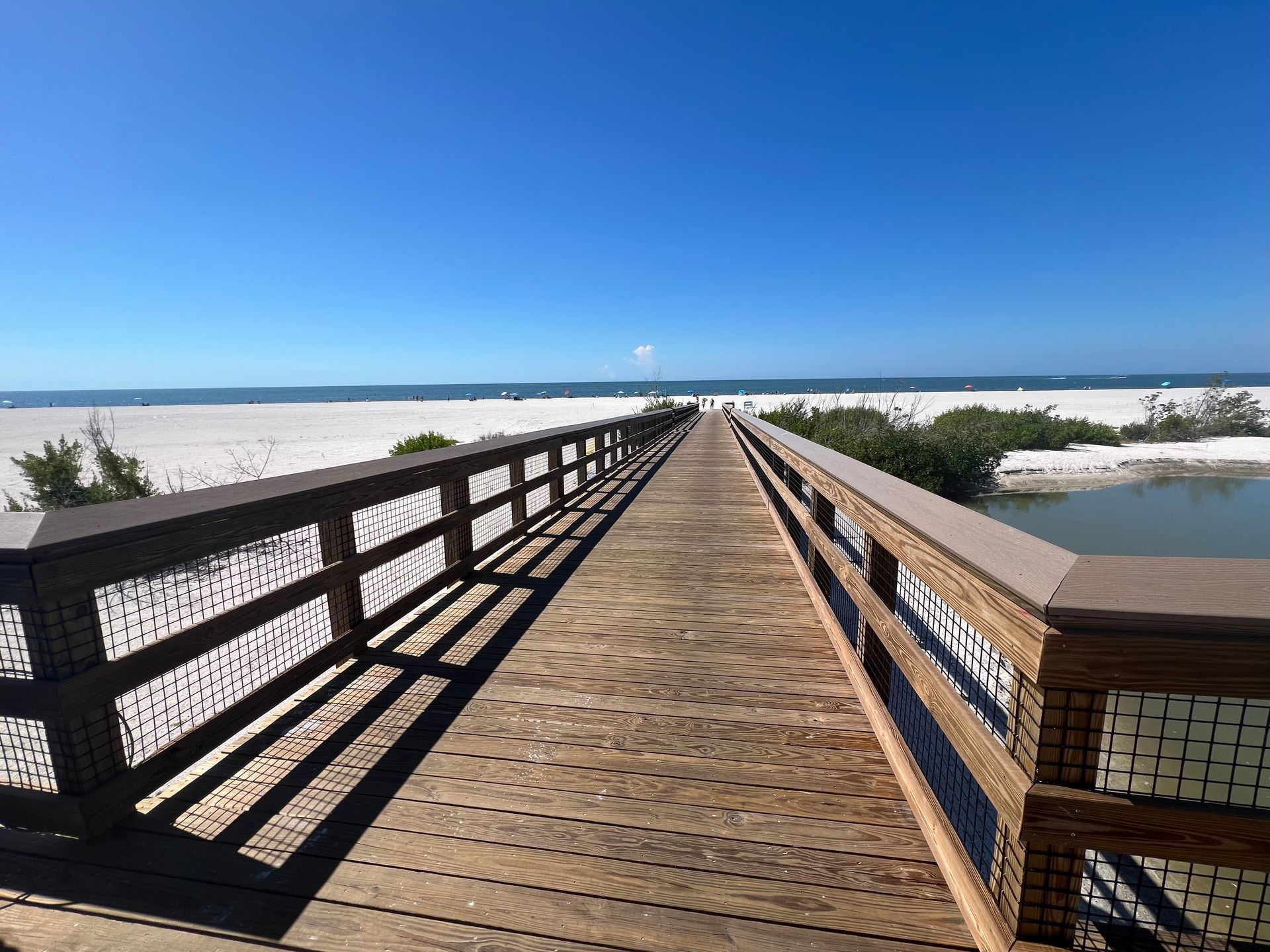FOLK Blog
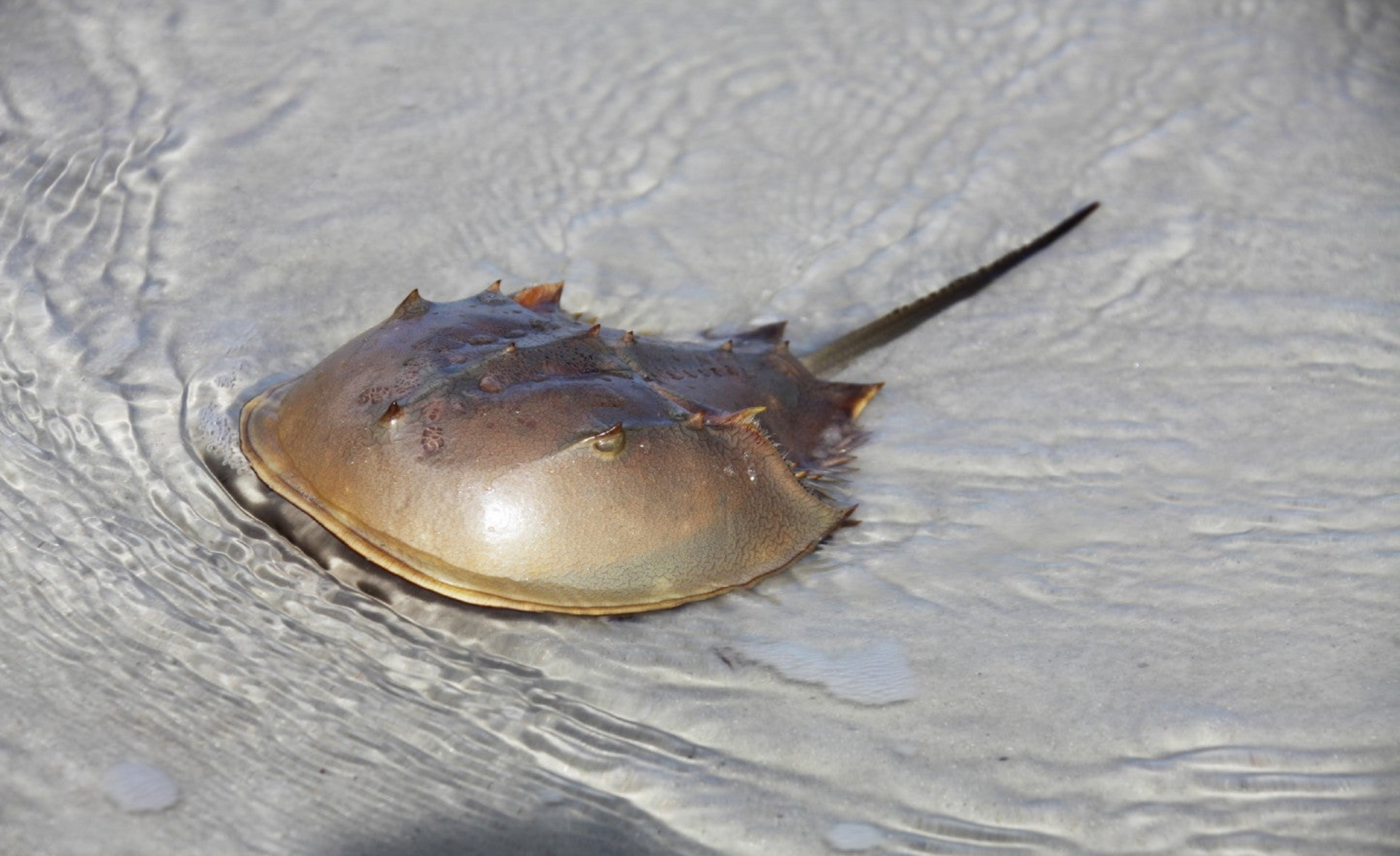
If you’ve ever wandered along the shore near Lovers Key State Park and spotted a strange, helmet-shaped shell washed up on the sand, you’ve had a close encounter with one of the ocean’s oldest and most remarkable creatures — the horseshoe crab . Though its name might make you think it’s related to crabs or lobsters, this living fossil is actually more closely related to spiders and scorpions . And while it may look a bit like something from a science fiction movie, the horseshoe crab is one of nature’s greatest success stories — and one of the most important creatures in the sea. A Living Fossil That Has Stood the Test of Time The horseshoe crab has been on Earth for over 450 million years — long before the dinosaurs appeared and hundreds of millions of years before humans walked the planet. That makes it one of the oldest surviving species on Earth. Over all that time, its body design has barely changed. Clearly, evolution got it right the first time. The hard, curved shell protects it from predators, while its long, pointed tail — called a telson — helps it flip over if it gets stuck upside down. Despite their slightly intimidating appearance, horseshoe crabs are completely harmless. They don’t sting, bite, or pinch. Instead, they quietly roam the shallow ocean floor, feeding on clams, worms, and other small organisms. Here in Southwest Florida , they’re a familiar but often overlooked part of our coastal ecosystem. Every spring, these ancient creatures crawl ashore during high tides to spawn and lay eggs , continuing a cycle that has endured for nearly half a billion years.
